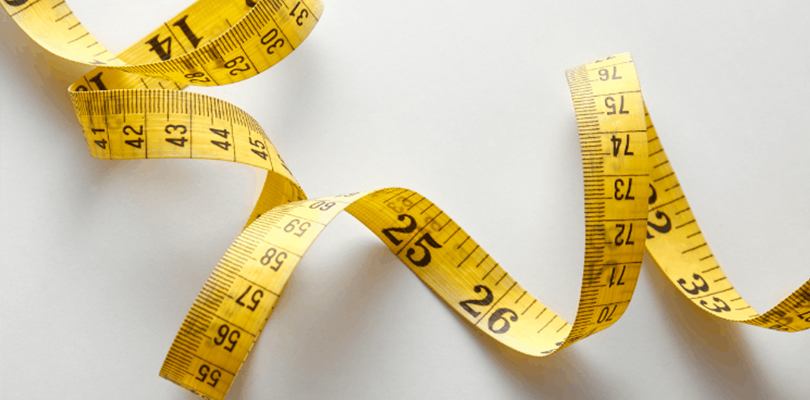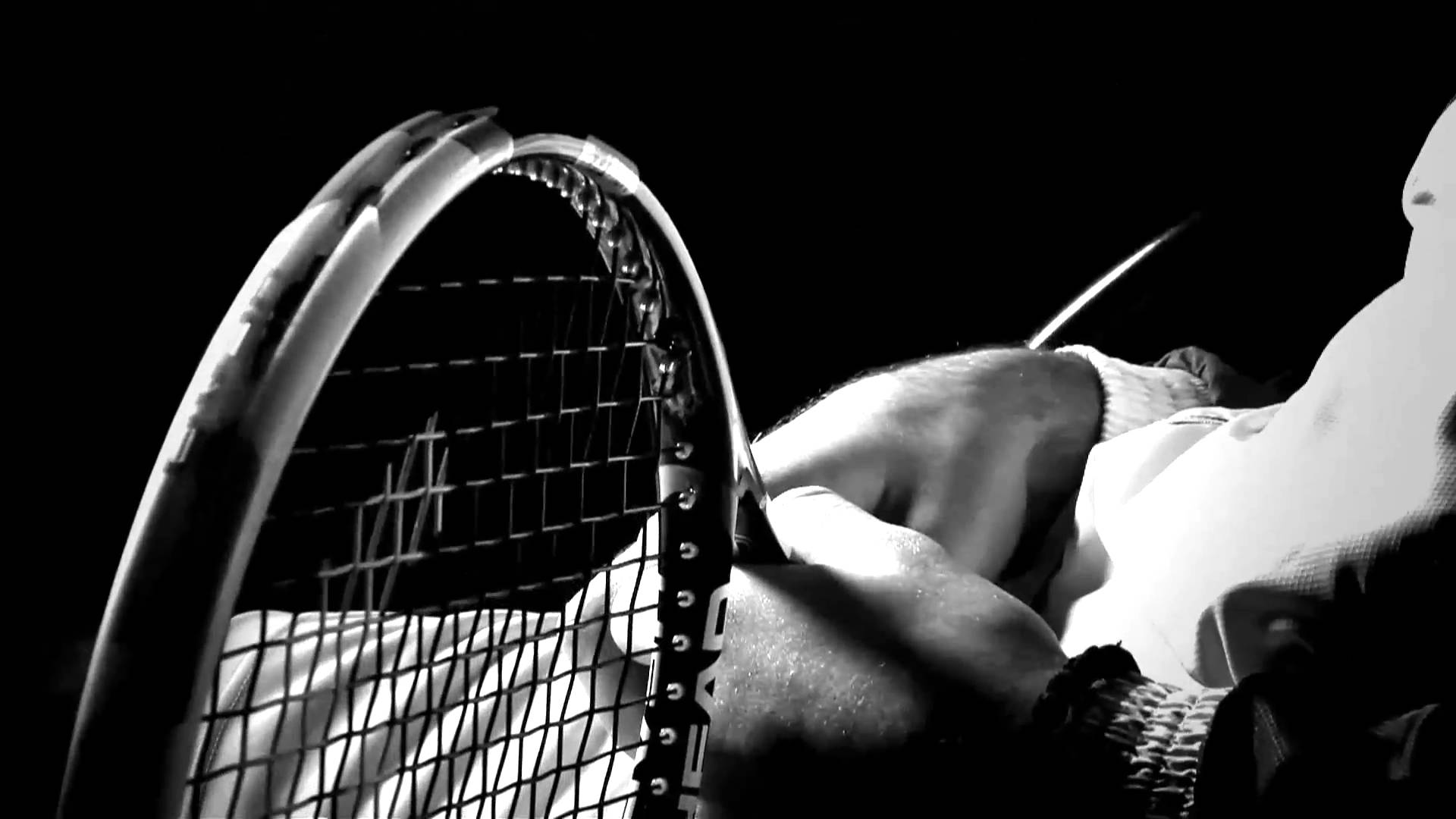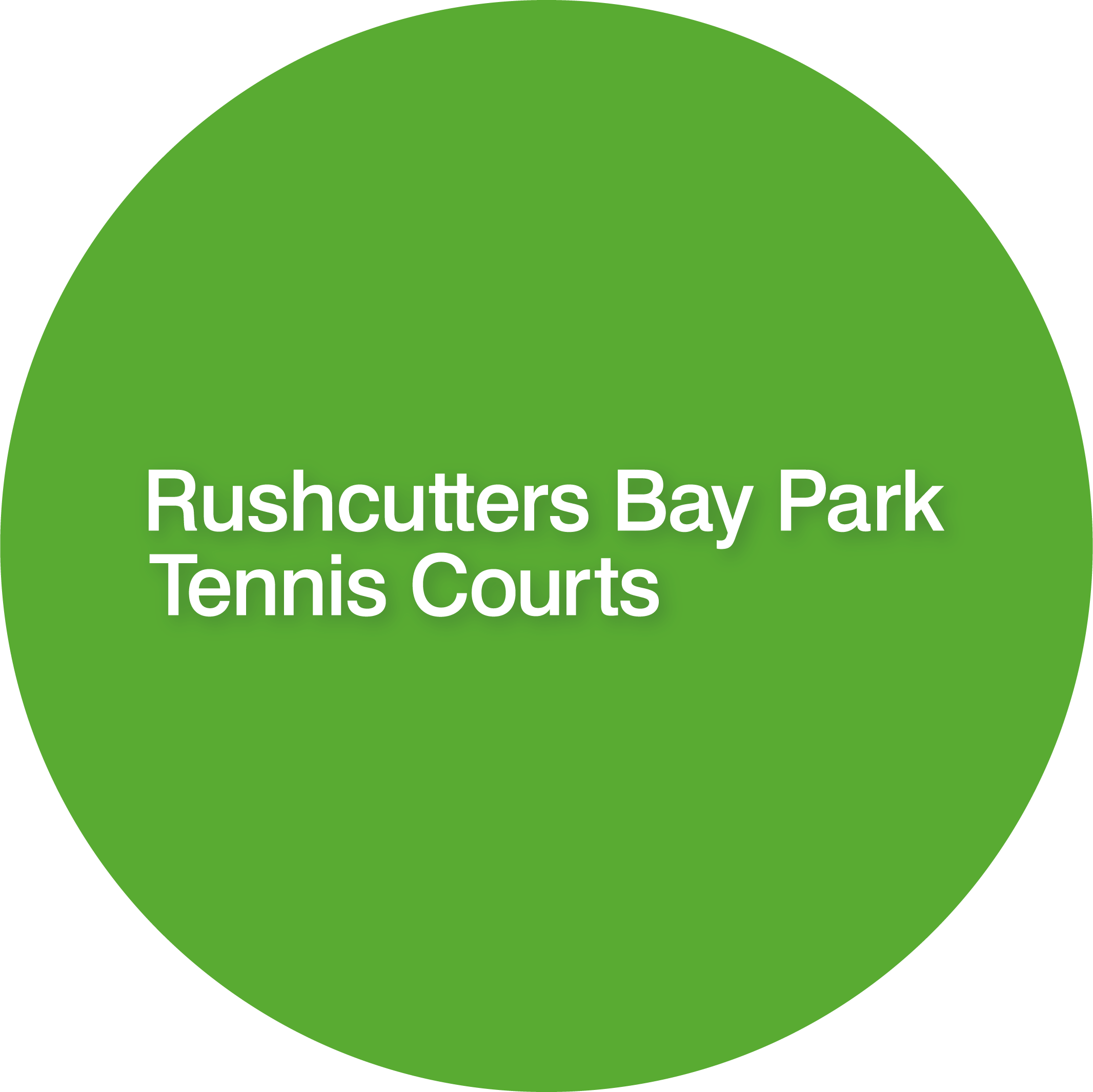Over training is common in many sports and tennis is no exclusion, the best way to avoid problems is through prevention techniques and a properly constructed training and playing schedule.
Doing too much too soon will result in injury or muscle damage, but the opposite, doing too little too slowly will result only in minimal improvement.
Rushcutters Bay Tennis Centre has an excellent coaching set up and will tailor make a fitness regime for you.
What Causes Overtraining?
Stepping up your training or match play intensity too rapidly may overwhelm the body’s ability to adapt to sudden change, it is always advised to adopt a gradual approach and learn how you respond.
Repetitive strain injuries can also occur, so aim to vary your schedule and the type of sports you play. Rest and recovery are paramount for all athletes of all ages, a high intensity session will require two days rest. You can still exercise during this period but at a much lower rate.
Warning Signs
To prevent serious injury be aware how much you are playing and training. Pay particular attention to:-
- A noticeable drop in the quality of your performance
- General nagging fatigue
- A change in mood, sometimes even depression
If you have been training hard and some of the symptoms persist for a few days, ensure you rest and take medical advice. By pushing your body’s capabilities, you risk persistent pain and injuries that steadily grow in intensity. Your immune system can also be at risk from dehydration.
How To Avoid Problems
- Hydration
Don’t wait until you feel thirsty, hydrate before any physical activity, during and after. Start taking fluids on board the night before big competitions or intense training. This is especially true of younger players, and the more demanding the conditions.
- Fuel
Eat about one hour before exercise, take on board plenty of carbohydrates and glycogen. And within about half an hour at the end of a game consume high protein and carbs food. Popular choices are bananas, chocolate milk, dried fruit bars and yoghurt.
- Re-Align the Body
Tennis is a unique sport in that it can torque and rotate the body’s muscle systems, leading to an imbalance in the length and strength of your muscles. You must take appropriate action with specific exercises and stretches that will re-align your muscles back into shape.
- Recovery
Reduce lactic acid build up during play by keep moving your feet between points, when sitting then pump your knees and ankles to stay active.
After every session develop a routine of recovery exercises focusing on the muscles that you have been working. Light aerobic exercises are ideal.
Work With A Qualified Coach
Injuries and issues occur when not using proper technique, particularly in tennis where the body is placed under an unusual amount of stress.
A coach will give you an understanding of proper movement and technique, use a camera and film yourself. It is useful to have a visual comparison between your poor technique and the ideal scenario to visualise any alterations.







